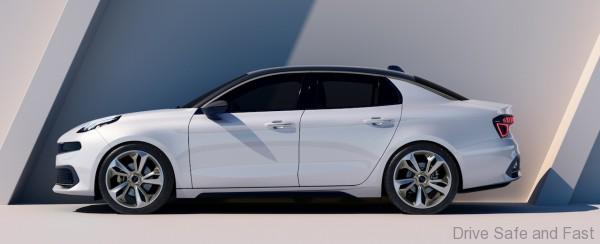How The Cars Of The Past Are Influencing The Electric Vehicles Of The Future
When it comes to innovation, the automobile industry leads the way. Transportation is one of the most significant areas in relation to emissions and fighting climate change – the United States Environmental Protection Agency notes that the current figure of 28% of total greenhouse gases emitted could be dramatically reduced if more people switched to using electric vehicles. So how are these concerns driving the automobile industry of the future?

How electric cars came about
You might think that electric vehicles are a relatively new concept – but in fact, electric vehicles have been in existence since the first automobiles were created – as far back as 1890. The significant 28% share of electric, in relation to all cars produced in 1900 (according to the American Census) was due to the lack of smell, quieter and smoother travel, and lower levels of vibration that was offered by these vehicles, in comparison to their smellier, noisier, and far shakier steam or gas powered compatriots.
The electric car fell out of favour as the costs and disadvantages of petrol-powered cars fell dramatically in line with an increase in innovation and demand.

The last ten years have built on the legislative, research and development changes since 1970, when the Clean Air Act spurred on consideration of the possibilities and virtues of electric vehicle technology, and manufacturers began experimenting to try and be the first to offer a reliable, functional vehicle with a long enough range to suit most driving needs.
Tesla and Nissan brought out the Roadster and Leaf respectively, but with high costs and low mileage range, they were never headed towards a huge market share.
Since then, technology has advanced rapidly, allowing manufacturers such as Toyota, Kia and Honda to encompass the past principles of smooth driving, quiet efficiency and low levels of pollution, alongside modern lifestyle innovations that make driving a dream.
Opportunity rather than risk
Previously, investing in an electric vehicle may have seemed like a risk not worth taking, but currently, the risk of not investing in an electric vehicle is far bigger. Around the world, legislation is becoming increasingly more restrictive, low emission zones are being introduced in order to combat climate change and alleviate the incidence of diseases caused by particle pollution, and charging infrastructure is being installed. The gas-powered cars of today will shortly be the expensive, inefficient, rusting hulks of the future, with very low values and high maintenance costs.
Complementary costs
Those investing in electric vehicles will help drive down the costs of the industry even further, achieving what the 1900 era models could not – market domination for electric cars and vans. Those wishing to buy a new car will be swayed by the satisfying low purr of the engine, the reduced running costs, and the technological features that integrate seamlessly with the rest of the system.
We are now right on the edge of the leap to fully automated, electric vehicles, and some manufacturers state that they are confident they’ll have completely carbon neutral options on offer as soon as 2030.
With increased infrastructure, improved numbers of options, and increasingly competitive pricing, it’s clear that the road ahead for the electric vehicle industry is an exciting one. If you want to stay ahead of the crowd, stay moving in the future, and stay on top of the latest technological benefits in the automobile industry, then investing in an electric vehicle is a smart move that’ll take you wherever you want to be in style.
Text by Jennifer Dawson